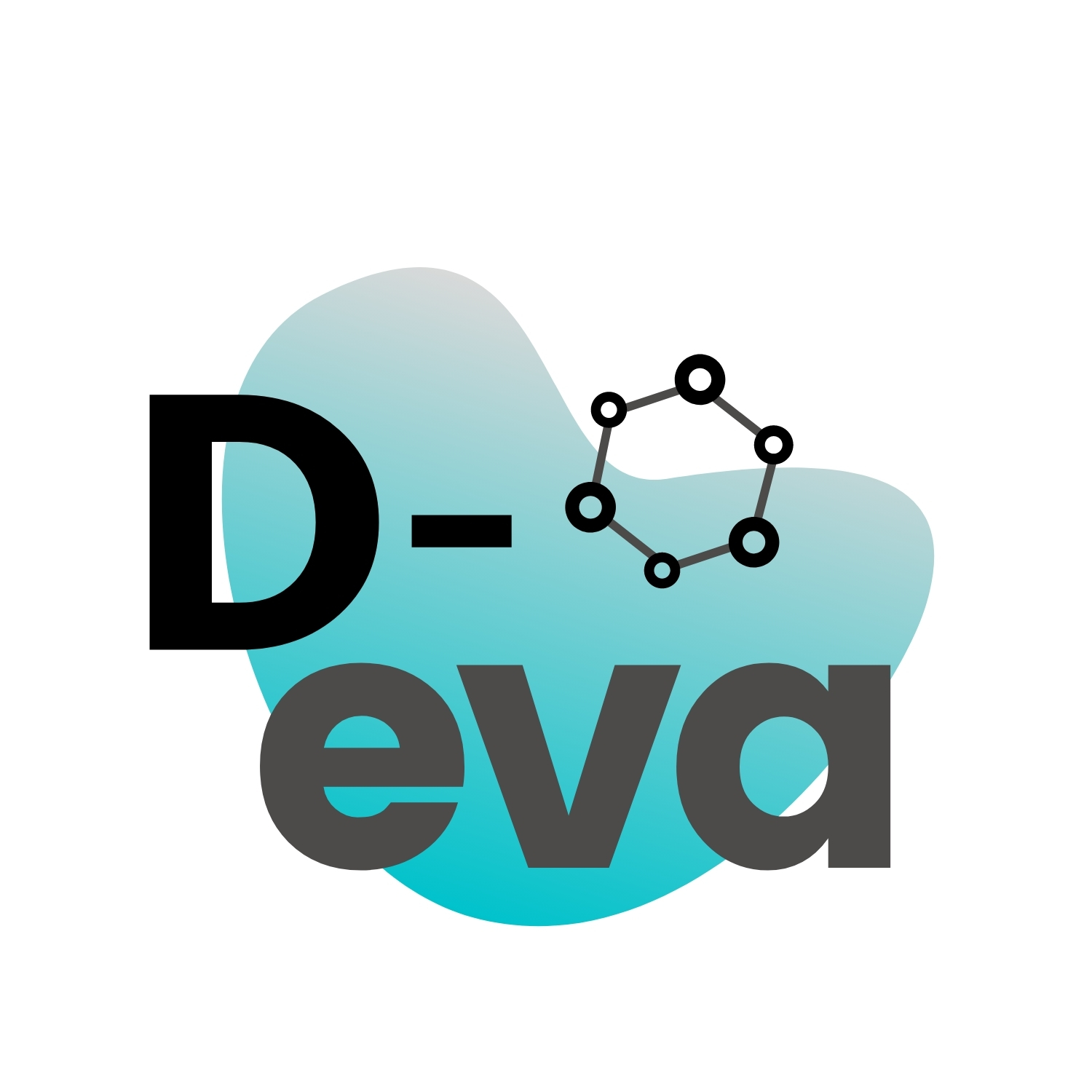
Mastering body language in online meetings
by: D-Eva ProjectDigital solution developed by D-Eva project: https://rihl22.dss.cloud/body_language/
Keywords
body language, online meetings, communication skills
Problem justification
Since this is a every practice-oriented program, it relies on the on campus interaction of the students with experts in digital transformation, the participation in hands-on workshops and collaborative projects. Every team of learners is assigned to a coach, who guides them throughout the program. Since March 2020, when the COVID-19 pandemic started, the program has been offered partially or fully online, which has created additional complexity to the learners’ experience. During this period the vast majority of the learners’ meetings (with peers, the coach, the industry partners) take place online (via zoom). These meetings require from all participants to be aware and present, and body language is just as important in an online setting as it is in person. The goal of this e-assessment activity is to evaluate the body language of the learners during these meetings to enable them demonstrate the same professionalism they used to show in the on campus meetings.
Competences
Leveraging authenticity and strengths, understand body language, be self-aware of the body language you use
Assessment strategies and instruments
Identification of the strengths of the learners Identification of the areas for improvement, track progress of the learners, provision of good practices
Assessment criteria
Completion of the self-paced course Integration of the feedback in next meetings, improvement of body language throughout the semester, use of communication strategies in digital media
Description of the feedback
Group feedback (oral, synchronous), individual feedback (written, asynchronous)
Type of digital tools
SharePoint, Zoom Digital Observation template
Levels of potential digital transformation
Accessible and available: developed lots of times, easy and known
Example of a case
References
-
Asia Trzeciak at HvA over 3 years ago
 A very new or a very old field? When you look at the actual practices, none of them are rocket science, none of them are actually new. But maybe that’s exactly the point? The Einhorn primer puts it beautifully: “Most likely, none of these practices will be radically new to you. But it is precisely the fact that they are radically old that makes them powerful and accessible to all of us”. It seems as this field matures, our job is not to invent, but rather rediscover old practices and apply them to today’s contexts. Is this how we’ll change culture? I work in service of a future where our culture values relationships. Many of us sense how capitalism has stripped most relational elements out of our lives and many of us crave a sense of true belonging and connectedness. Yet how do we get there? I sense that by designing anything with a relational lens we start to change offerings, institutions, systems and eventually culture. What do you think? How does this resonate? Where are you seeing Relational Design emerging outside of the traditional community space? I’d be so grateful to hear your thoughts and reflections in the comments. — — Thank you A big thank you to the people who are bringing this “radically old” practice back, especially to the team at the Relationships Project and all the other practitioners mentioned. Interested in getting regular community building insights in your inbox? Every few weeks we send out a short email with 3–5 of our favorite insig
A very new or a very old field? When you look at the actual practices, none of them are rocket science, none of them are actually new. But maybe that’s exactly the point? The Einhorn primer puts it beautifully: “Most likely, none of these practices will be radically new to you. But it is precisely the fact that they are radically old that makes them powerful and accessible to all of us”. It seems as this field matures, our job is not to invent, but rather rediscover old practices and apply them to today’s contexts. Is this how we’ll change culture? I work in service of a future where our culture values relationships. Many of us sense how capitalism has stripped most relational elements out of our lives and many of us crave a sense of true belonging and connectedness. Yet how do we get there? I sense that by designing anything with a relational lens we start to change offerings, institutions, systems and eventually culture. What do you think? How does this resonate? Where are you seeing Relational Design emerging outside of the traditional community space? I’d be so grateful to hear your thoughts and reflections in the comments. — — Thank you A big thank you to the people who are bringing this “radically old” practice back, especially to the team at the Relationships Project and all the other practitioners mentioned. Interested in getting regular community building insights in your inbox? Every few weeks we send out a short email with 3–5 of our favorite insig -
Asia Trzeciak at HvA over 3 years ago
 If you would like to know more, please visit: https://digitalsocietyschool.org/
If you would like to know more, please visit: https://digitalsocietyschool.org/